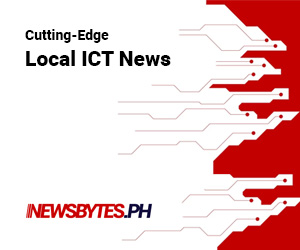Filipino researchers won first place in the 6th Space Mission Idea Contest (MIC6) during the recent 7th University Space Engineering Consortium-Global (UNISEC-Global) Meeting in Japan, besting research topics from other countries.

The MIC is an avenue for people interested in space research to introduce creative ideas on payloads for the International Space Station (ISS) platform. It also introduces new possibilities on space exploration research and technologies.
Posting the win in the MIC6 served as one of the highlights for the Philippines as this was the country’s first participation in the event.
The researchers from DOST-Advanced Science and Technology Institute (DOST-ASTI) and University of the Philippines Diliman (UP Diliman) captured the top plum in the IVA-replaceable Small Exposed Experiment Platform (iSEEP) category for their entry “Spectrum Monitoring from Space with i-SEEP (SMoSiS) – Capturing and Mapping the Digital Divide from Space through Radio Frequency Spectrum Measurements.”
The authors of the research are Mar De Guzman, Calvin Artemies Hilario, Genedyn Mendoza, and Dr. Joel Joseph Marciano Jr.
Marciano, the newly appointed director-general of the Philippine Space Agency, said they were going to pursue the research whether they win or not, but the victory was a pleasant surprise and an added bonus for the whole team.
“Our expectation was ‘let’s just have fun explaining this idea to a big audience’ that this is not your typical science experiment. It’s an experiment for public good, illuminating the state of this infrastructure and connectivity in sharing it openly,” he said.
The team said it wants SMoSiS to be the first step to having an “osmosis” of opportunities in the underprivileged sector.
The team’s winning research seeks to provide measurements of RF spectrum occupancy on earth to detect presence/lack of telecommunication and broadcast services.
The processed spectrum data will help determine unserved and “under-served” areas, detection of anomalies, including the disruption and subsequent recovery of wireless technology services during disasters. It also studies the utilization of the radio spectrum towards better planning, management, and regulation.



